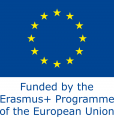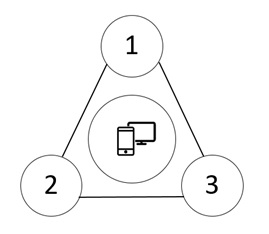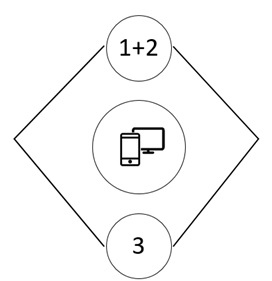Available glossaries:
Submit changes or suggestions:
About us:
Authors:
- Gabriel Cabrera Méndez (coordinator)
- Amalia Amato
- Gloria Bazzocchi
- Michela Bertozzi
- Sabine Braun
- Ladis Calparsoro Forcada
- Pilar Capanaga
- Enrico Capiozzo
- Lisa Danese
- Elena Davitti
- Estefanía Flores Acuña
- Serena Ghiselli
- María Jesús González Rodríguez
- Emilia Iglesias Fernández
- Juan Miguel Mejías Fernández
- Juana Muñoz López
- María Enriqueta Pérez Vázquez
- Pilar Rodríguez Reina
- Mariachiara Russo
- Félix San Vicente
- Nicoletta Spinolo
- Raffaella Tonin










